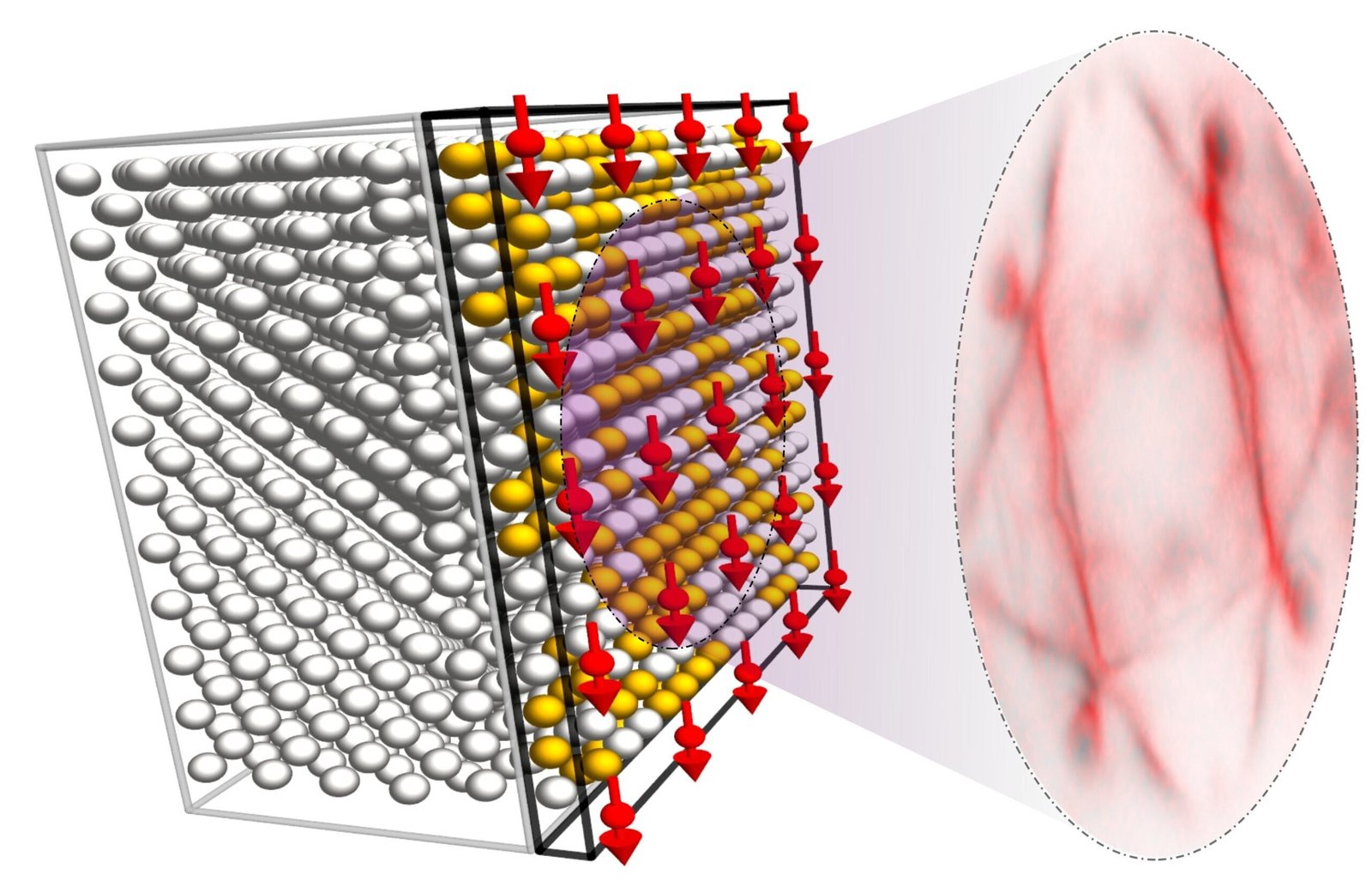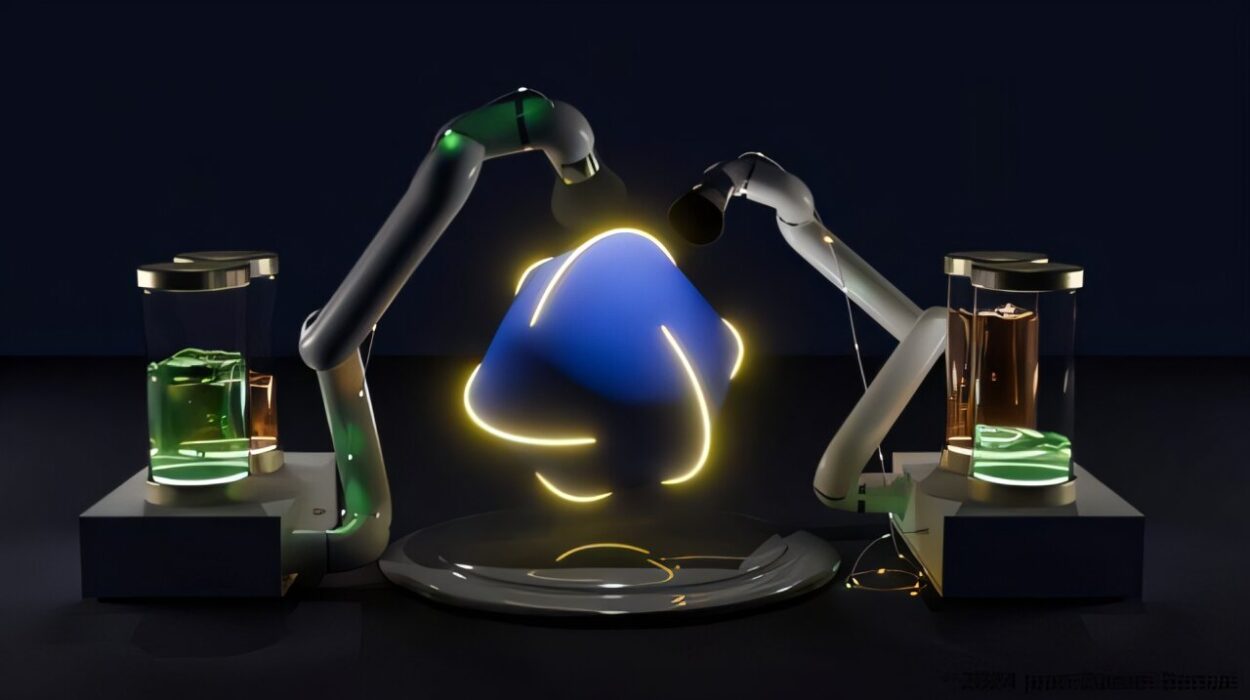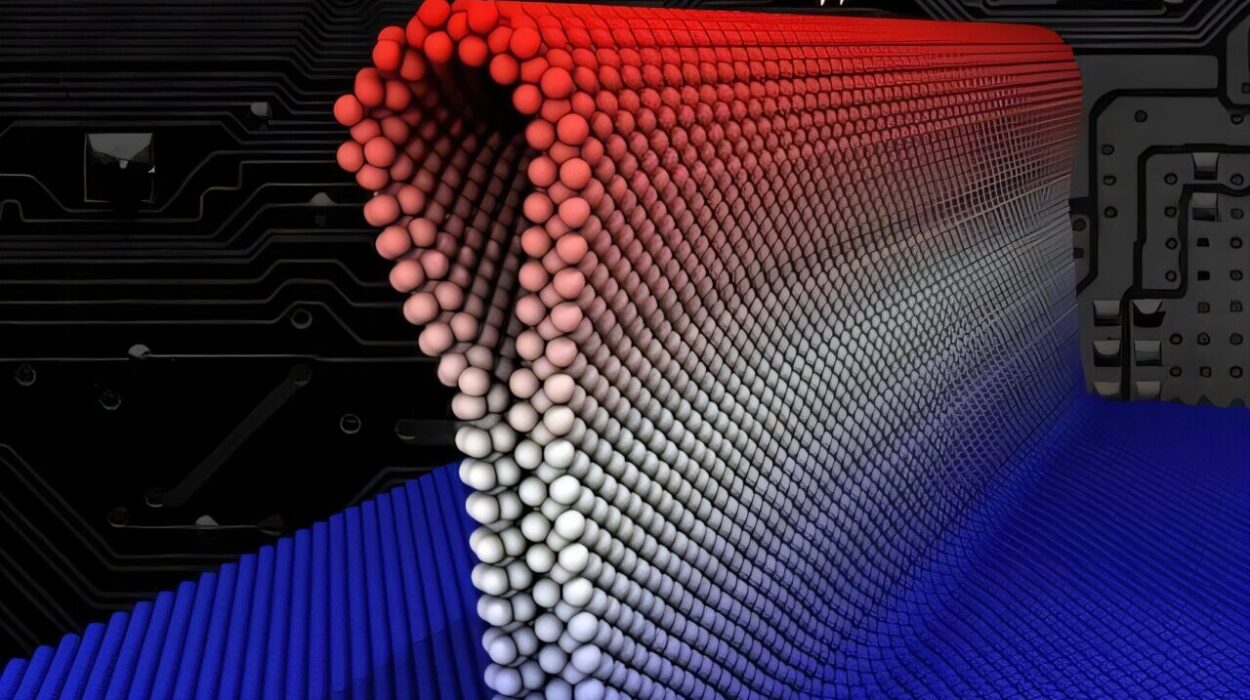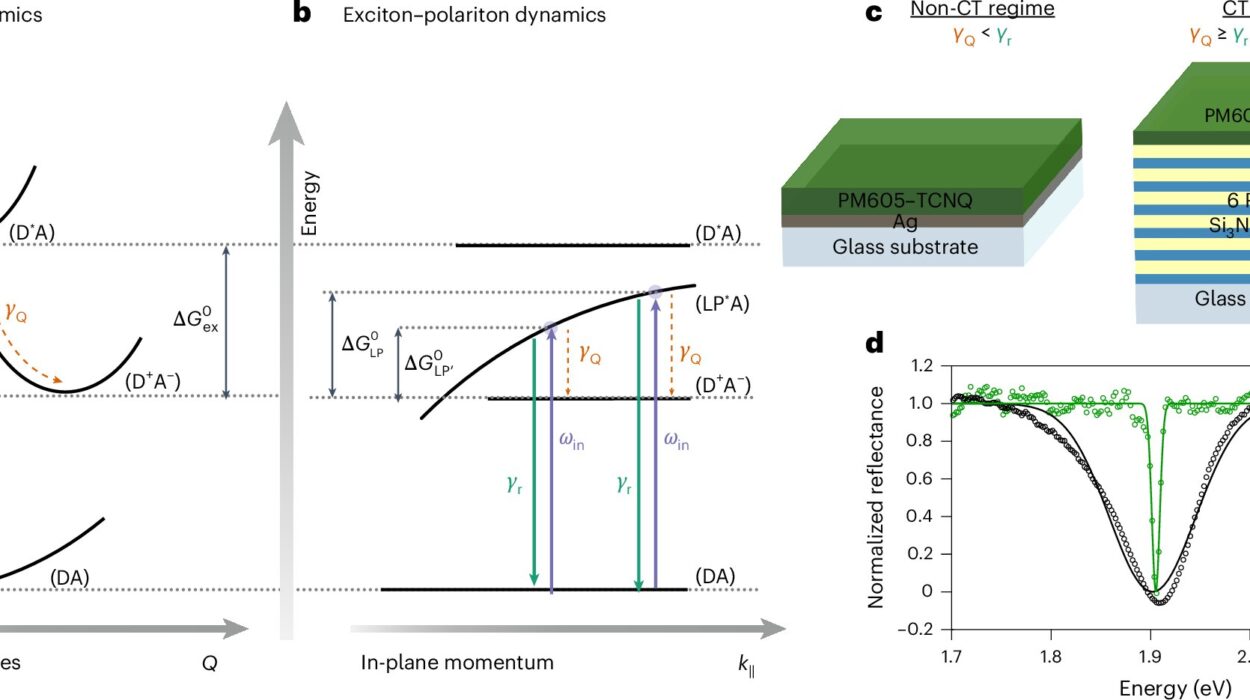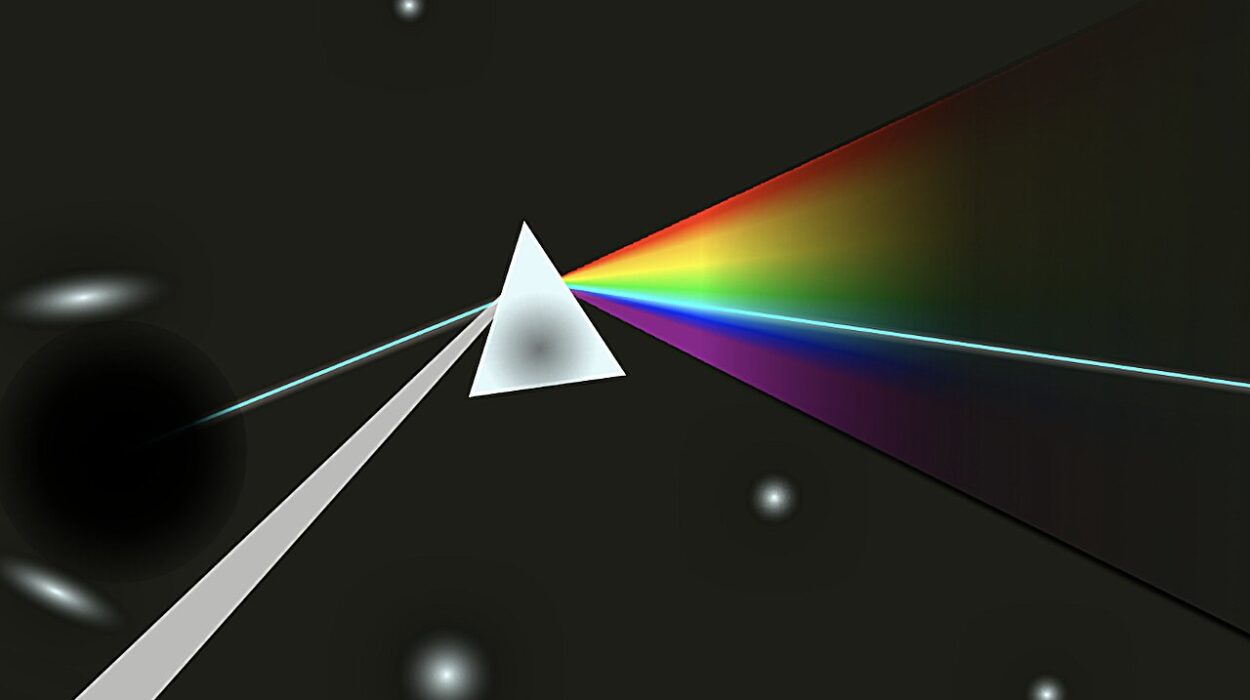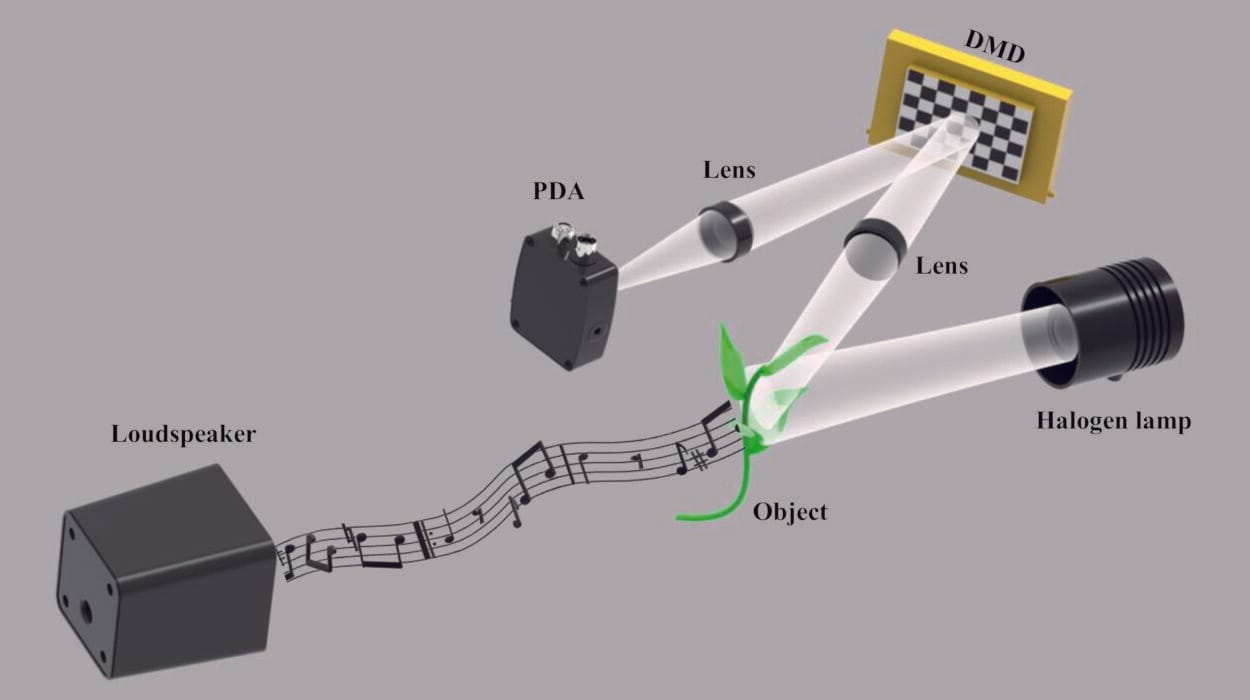For over a century, electronics has danced to one rhythm—the movement of electric charge. From the light in your bedroom to the chip in your smartphone, everything you use relies on the flow of electrons, guided through wires and circuits. But deep within each electron lies another hidden talent, one the digital age has only just begun to notice: spin.
Spin is a quantum property, a kind of intrinsic angular momentum, though it doesn’t mean electrons physically spin like planets. Instead, it gives them a magnetic fingerprint—either “up” or “down”—and it’s this fingerprint that has launched an entire frontier of science known as spintronics.
Spintronics is not just the future of computing; it is the dream of a world where data is faster, memory is non-volatile, and devices consume far less power. But building that future requires something extraordinary: materials that can control not just where electrons go, but which spin gets to travel.
Now, for the first time, scientists at Germany’s Forschungszentrum Jülich have done what once seemed impossible. They’ve experimentally confirmed the existence of a two-dimensional half metal—a material so selective that it lets only one spin type pass through, while blocking the other. It is, in essence, a quantum turnstile for electrons.
A Material Born Thin, Strong, and Smart
The breakthrough didn’t emerge from a flashy lab coated in chrome. It came from an elegant balance of physics, patience, and precision. Researchers at Jülich crafted an ultrathin alloy of iron and palladium, just two atoms thick, grown delicately atop a palladium crystal surface. In this microscopic sandwich, they discovered something extraordinary: electrons with one spin direction could travel freely, while those with the opposite spin were silenced.
Such materials are known as half metals—a rare breed that acts like a metal for one spin channel and an insulator for the other. But before now, these materials were flawed. They only worked at cryogenic temperatures, lost their spin-filtering ability at the surface, and required pristine crystal perfection to function. In other words, they were brilliant in theory, but stubborn in reality.
The new alloy shattered those limitations. It proved itself stable, tunable, and operational at room temperature—a crucial milestone for real-world technologies.
Imaging Spin in Motion
To confirm their material’s spin behavior, the Jülich team used a cutting-edge tool: spin-resolved momentum microscopy. It’s as complex as it sounds. Imagine being able to see not just where electrons go, but how they spin as they move—like photographing a stream of runners while also detecting the direction of their heartbeat.
This technique allowed researchers to directly visualize the spin states of the electrons emerging from the alloy’s surface. And what they saw confirmed the material’s status as the first-ever experimentally verified 2D half metal. For the electrons that carried the wrong spin, the door was closed.
For the others, it was wide open.
Breaking Old Rules, Writing New Ones
This success didn’t just create a new material—it rewrote a chapter of physics. For years, scientists believed that spin–orbit coupling, a quantum interaction between an electron’s motion and its spin, would always interfere with half-metallicity. This coupling, they feared, would blur the lines between spin-up and spin-down states, ruining the purity required for true spintronic behavior.
But the team at Jülich found a new harmony.
By carefully balancing spin–orbit coupling with the magnetic exchange from the iron atoms, they discovered that the very thing thought to be a hindrance could actually enable half-metallicity. It was like realizing that the wind you once fought against was actually the one lifting your wings.
This insight didn’t just solve a materials challenge—it opened the door to engineered quantum balance. If spin–orbit coupling could be managed so elegantly, then other “obstacles” might prove to be allies too, when understood deeply enough.
More Than a Breakthrough: A Building Block
This two-dimensional half metal is not just a scientific trophy; it’s a foundation. Its properties are ideal for building components that control spin with high precision: spin filters, which sort electrons by spin; spin valves, which switch depending on spin direction; and even spin-orbit torque devices, which can flip magnetic bits in memory chips with astonishing efficiency.
Most exciting is its compatibility with thin-film technologies. Because the material doesn’t demand a flawless crystal lattice, it can be grown and integrated into devices far more easily than other exotic quantum materials. And because it works at room temperature, it sidesteps the impracticalities of deep-freeze operation that have plagued previous candidates.
That means we are no longer talking about theories in chalk on blackboards—we’re talking about chips, devices, and systems that might one day be in your phone, your laptop, your electric car.
A Strange and Useful Reversal
There’s one more twist in this quantum tale—something rarely seen, and still not fully understood. In this new material, the spin polarization runs opposite to the direction of magnetization.
At first glance, this might seem like a bug. But it may be a feature with hidden potential.
This reversal could enable new kinds of magnetic logic, where information isn’t stored in bits of “on” or “off,” but in the contrast between spin and magnetization. In nanodevices where size, power, and speed must all compete, having such subtle tunability could be game-changing.
The quantum world, after all, thrives on paradox.
Toward a Spin-Driven Future
This discovery is more than just a feather in the cap of physics. It represents a convergence of theory, experiment, and application—a material born in an ultrathin world but destined to power the thick complexities of the digital age.
As the limitations of traditional electronics loom—heat, power consumption, miniaturization—spintronics offers a new path forward. A path not of charge alone, but of charge and spin. A path where memory is faster, devices are smaller, and computers think not just in bits, but in qubits—tiny packets of quantum information shaped by spin.
The 2D half metal discovered at Jülich is not the end of the story. It’s a starting point. One that proves the laws of nature, once thought fixed, can bend—when seen through the right microscope, in the right hands, under the right light.
Because sometimes, the thinnest materials hold the thickest promise.
Reference: Xin Liang Tan et al, Exchange Engineering of a Two-Dimensional Half-Metal, Physical Review Letters (2025). DOI: 10.1103/mx46-85zf
